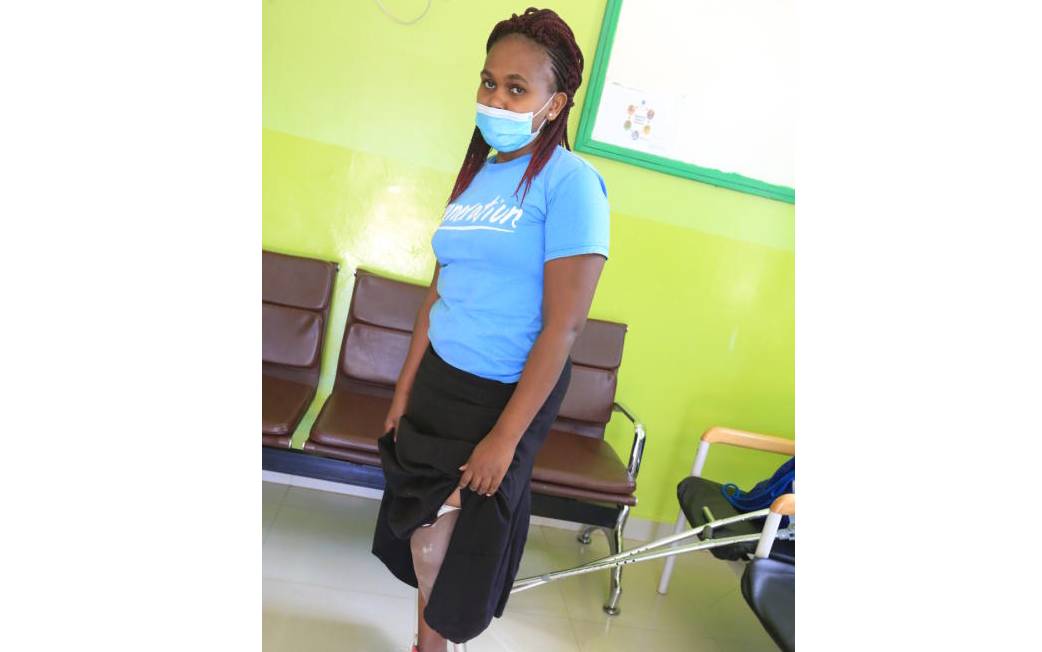×
The Standard e-Paper
Kenya's Bold Newspaper

Alice Gitau shows her artificial leg fitted at Cure Kenya in Kijabe Prosthetics workshop. The centre makes limbs for accident victims and children bone with deformities. [George Njunge, Standard]
When Alice Gitau, 32, stepped on a rusty nail in Nairobi more than 10 years ago, she did not give it much thought and delayed to go for a tetanus jab.